I am looking for a way to extract the branches of a digraph in MATLAB. Precisely, if I have a network (my_digraph) similar to the following:

When I enter my_digraph.plot I recieve this:

I could now manually write down the branches by looking at the picture e.g. [1, 2], [1, 3], [1, 6, 7] etc. However, in bigger networks this is not possible anymore. With which function can I extract this information from the picture so it gives me something like an array containing these vectors?
Note: I know that the pictures above are not digraphs, since they do not have a direction. However, they still show the principle.